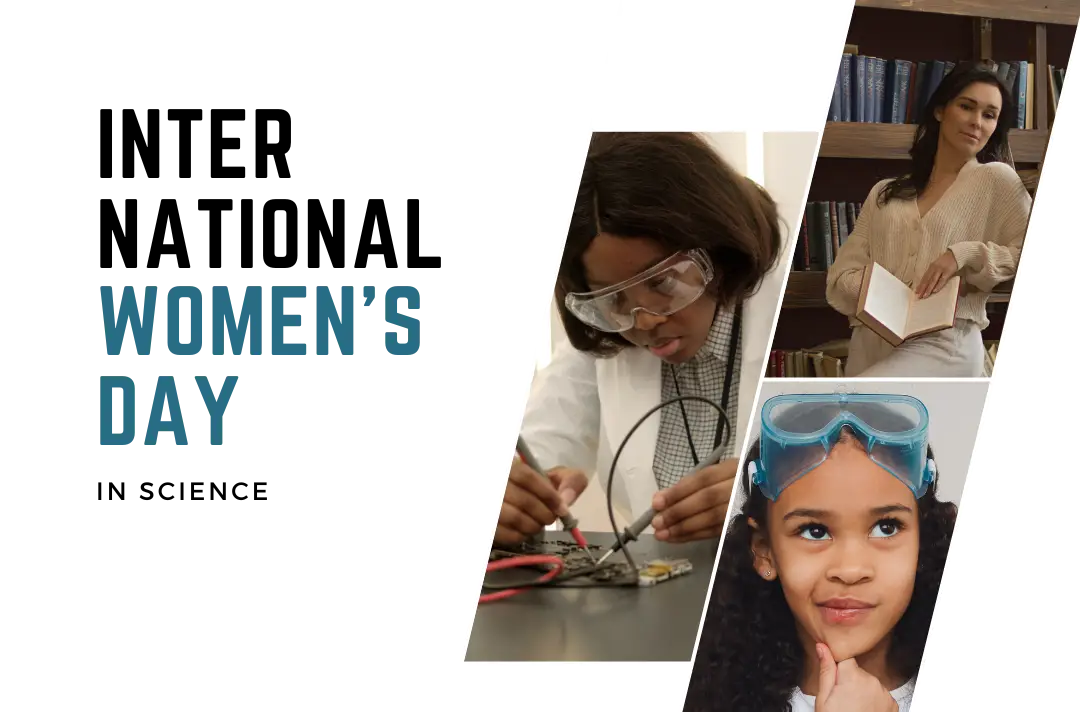In case you haven’t noticed, Nicki’s books have a lot of very strong women characters. I know it’s important to her because we have discussed it on numerous occasions. With that in mind I wrote the following article:
Women and Girls in Science: Unleashing Potential and Bridging Gender Gaps
Science is the key to understanding our world, solving complex problems, and driving innovation. It knows no gender, race, or nationality. However, throughout history, women and girls have faced challenges and disparities in the field of science. Despite these obstacles, women have continually proven their excellence in diverse scientific domains, from astrophysics to microbiology. This article celebrates the accomplishments of women and girls in science, discusses the barriers they face, and explores the initiatives working to close the gender gap in this vital field.
Historical Contributions of Women in Science
Women’s contributions to science are deeply ingrained in the history of scientific discovery. Despite facing cultural and institutional barriers, many women have made remarkable achievements:
- Marie Curie: The first woman to win a Nobel Prize, Marie Curie’s pioneering work in radioactivity led to her receiving two Nobel Prizes in Physics and Chemistry.
- Rosalind Franklin: Her research on X-ray diffraction was instrumental in deciphering the structure of DNA, although her contributions were not fully recognized during her lifetime.
- Barbara McClintock: Renowned for her work in genetics, McClintock received the Nobel Prize in Physiology or Medicine for her discovery of transposons or “jumping genes.”
- Jane Goodall: Her groundbreaking research on chimpanzees in Tanzania transformed our understanding of primates and their behavior.
- Chien-Shiung Wu: A prominent experimental physicist, Wu’s work on the Manhattan Project and experiments disproving the law of conservation of parity was pivotal.
Barriers and Challenges
Despite these trailblazing individuals, there are significant challenges that women and girls continue to face in pursuing careers in science:
- Gender Stereotypes: Stereotypes persist, suggesting that certain scientific fields are more suitable for men, while others are for women. These biases can influence career choices and opportunities.
- Representation: The underrepresentation of women in high-level positions in academia and industry remains a concern. The lack of visible role models can discourage girls from pursuing STEM (Science, technology, engineering, and mathematics) careers.
- Work-Life Balance: Balancing family and career can be particularly challenging in scientific fields, where research demands significant time and dedication.
- Gender Bias: Research has shown that gender bias can impact career advancement, funding, and publication opportunities.
Initiatives and Progress
Efforts to address these disparities and empower women and girls in science are gaining momentum:
- STEM Education: Numerous organizations and programs promote STEM education for girls, encouraging their interest in science from an early age. These initiatives provide mentorship and hands-on experiences.
- Mentorship and Networking: Women in STEM fields are increasingly encouraged to mentor and support one another, creating networks of support and opportunities for career advancement.
- Gender Equity Policies: Many academic and scientific institutions are implementing gender equity policies to address discrimination and bias. The goal of these policies is to level the playing field and create a more inclusive environment.
- Recognizing Achievements: Celebrating the achievements of women in science through awards and recognition helps raise awareness of their contributions and inspire future generations.
The Way Forward
The inclusion of women and girls in science is not just a matter of equity; it’s about harnessing the full potential of the scientific community to address global challenges. As we move forward, it’s crucial to:
- Challenge stereotypes and biases that persist in science.
- Promote mentorship and support networks for women in STEM.
- Advocate for policies that foster gender equity in the scientific community.
- Encourage girls to explore their interests in science and provide opportunities for hands-on learning.
Women and girls have made, and will continue to make, remarkable contributions to science. By eliminating barriers and promoting inclusivity, we can unlock the untapped potential of countless women and girls, ensuring that the next generation of scientific innovators reflects the diversity and creativity needed to drive scientific progress and shape a brighter future for all.

